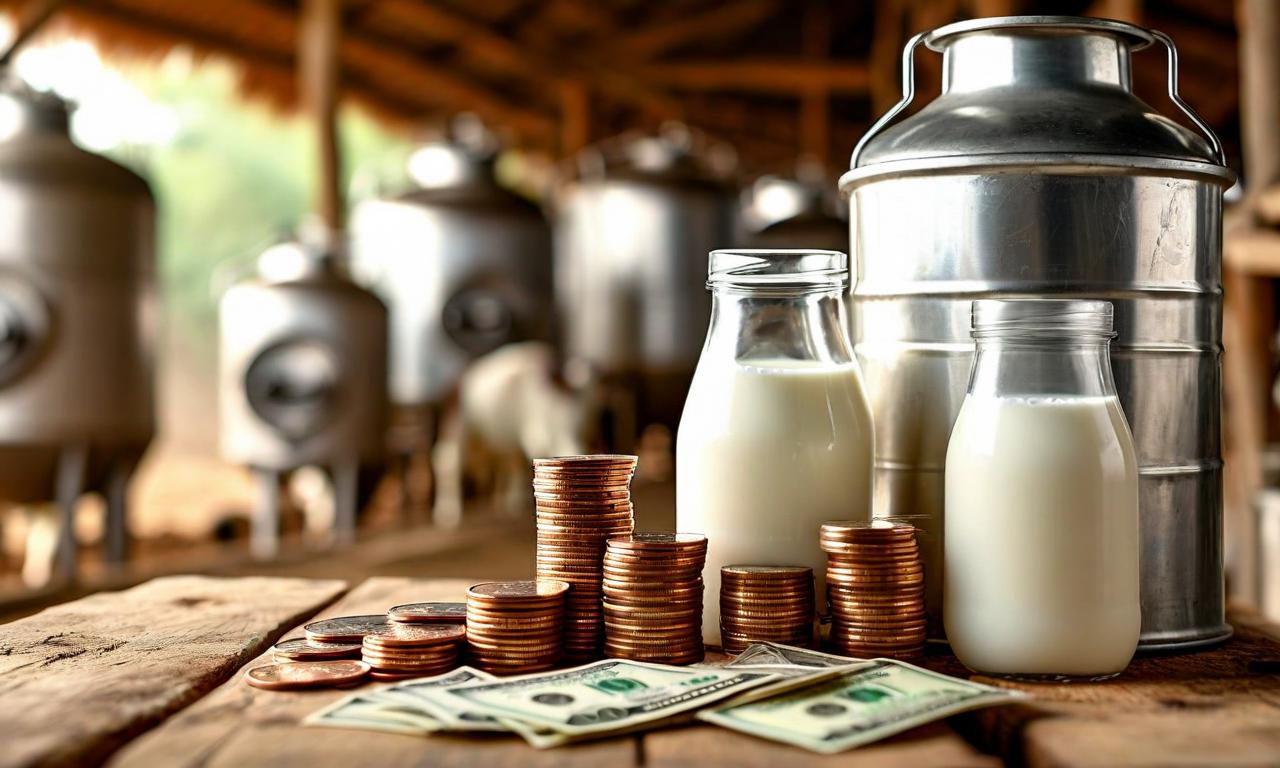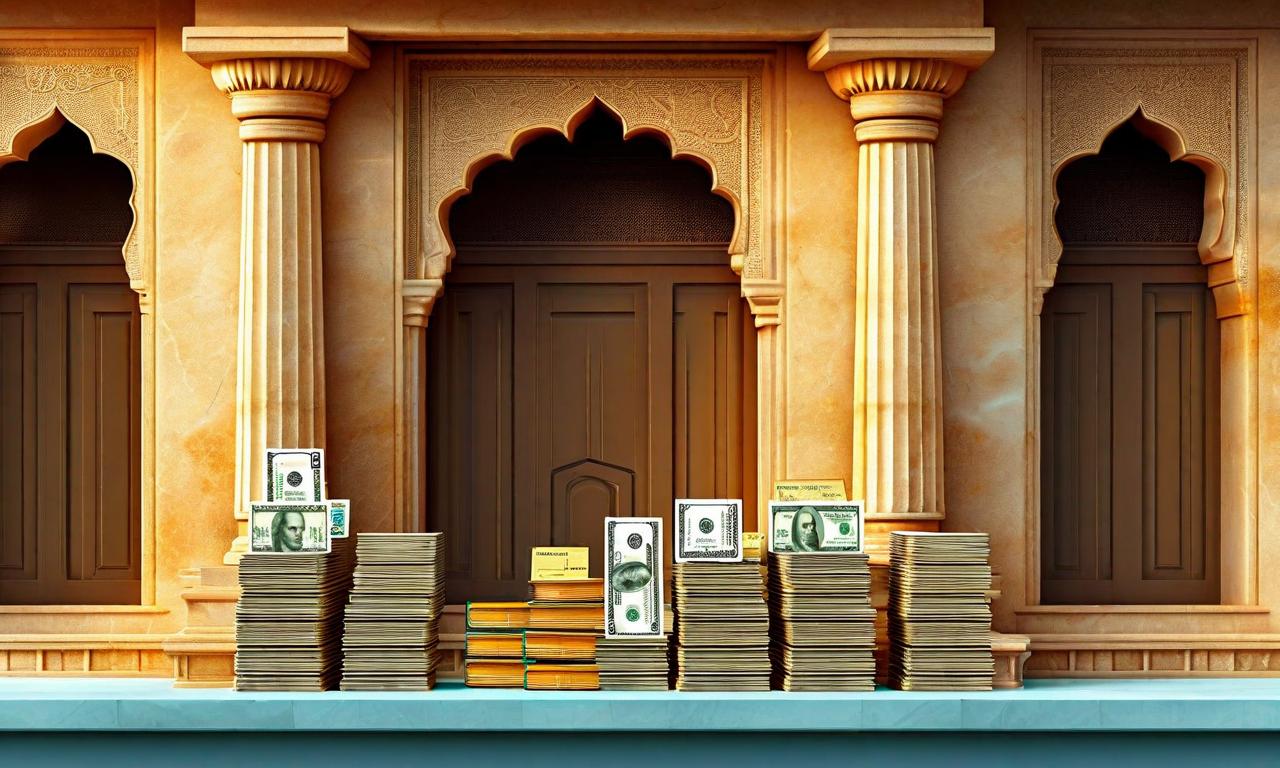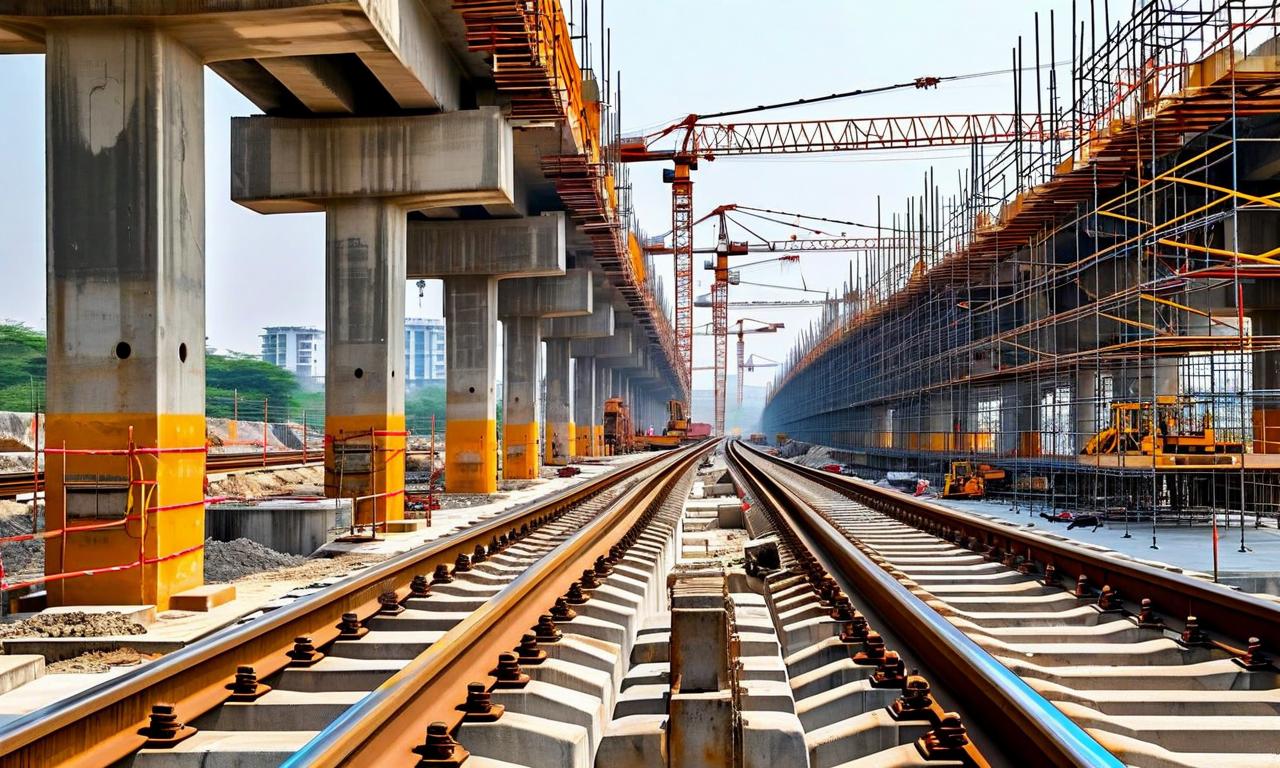Pakistan Achieves $2.1 Billion Current Account Surplus, Highest in 22 Years
Pakistan's economy has shown significant improvement, achieving a $2.1 billion current account surplus for the fiscal year ending June 30, marking the highest surplus in 22 years. This turnaround is attributed to policies discouraging luxury imports, a 27% increase in remittances to $38 billion, and export growth, with textile exports rising 7.4% to $17.9 billion and IT services exports surging 44% to $4.6 billion. The KSE-100 stock index crossed 140,000 points, with market value reaching Rs 16.8 trillion. Foreign exchange reserves exceeded $19 billion. Despite these positive indicators, Pakistan continues to operate under a $7 billion IMF Extended Fund Facility program, requiring ongoing economic reforms.

*this image is generated using AI for illustrative purposes only.
Pakistan's economy has shown remarkable improvement, recording a current account surplus of $2.1 billion for the fiscal year ending June 30. This significant turnaround from the previous year's $2.1 billion deficit marks the country's highest surplus in 22 years.
Key Factors Driving the Surplus
The impressive economic performance can be attributed to several factors:
Policies Discouraging Luxury Imports: The government's measures to curb unnecessary imports have contributed to the positive current account balance.
Increased Remittances: Expatriates have played a crucial role, with remittances rising by 27% to reach $38.00 billion.
Export Growth:
- Textile exports grew by 7.4% to $17.90 billion
- IT services exports surged by an impressive 44% to $4.60 billion
Stock Market Performance
The KSE-100 stock index has shown robust performance, crossing the 140,000-point mark. The market value has reached Rs 16.80 trillion, reflecting increased investor confidence.
Foreign Exchange Reserves
Pakistan's foreign exchange reserves have exceeded $19.00 billion, providing a buffer for the country's economic stability.
Government Response
Prime Minister Shehbaz Sharif has praised this development, viewing it as a sign of economic improvement and stability for the nation.
Ongoing Economic Reforms
Despite the positive indicators, Pakistan continues to operate under a $7.00 billion, 39-month IMF Extended Fund Facility program. This program requires various economic reforms, including:
- Elimination of subsidies
- Privatization of loss-making entities
These ongoing reforms aim to further strengthen Pakistan's economic foundation and ensure long-term stability.
The current account surplus, coupled with export growth and increased remittances, paints a picture of an improving Pakistani economy. However, the country's commitment to the IMF program underscores the need for continued fiscal discipline and structural reforms to sustain this positive momentum.
























